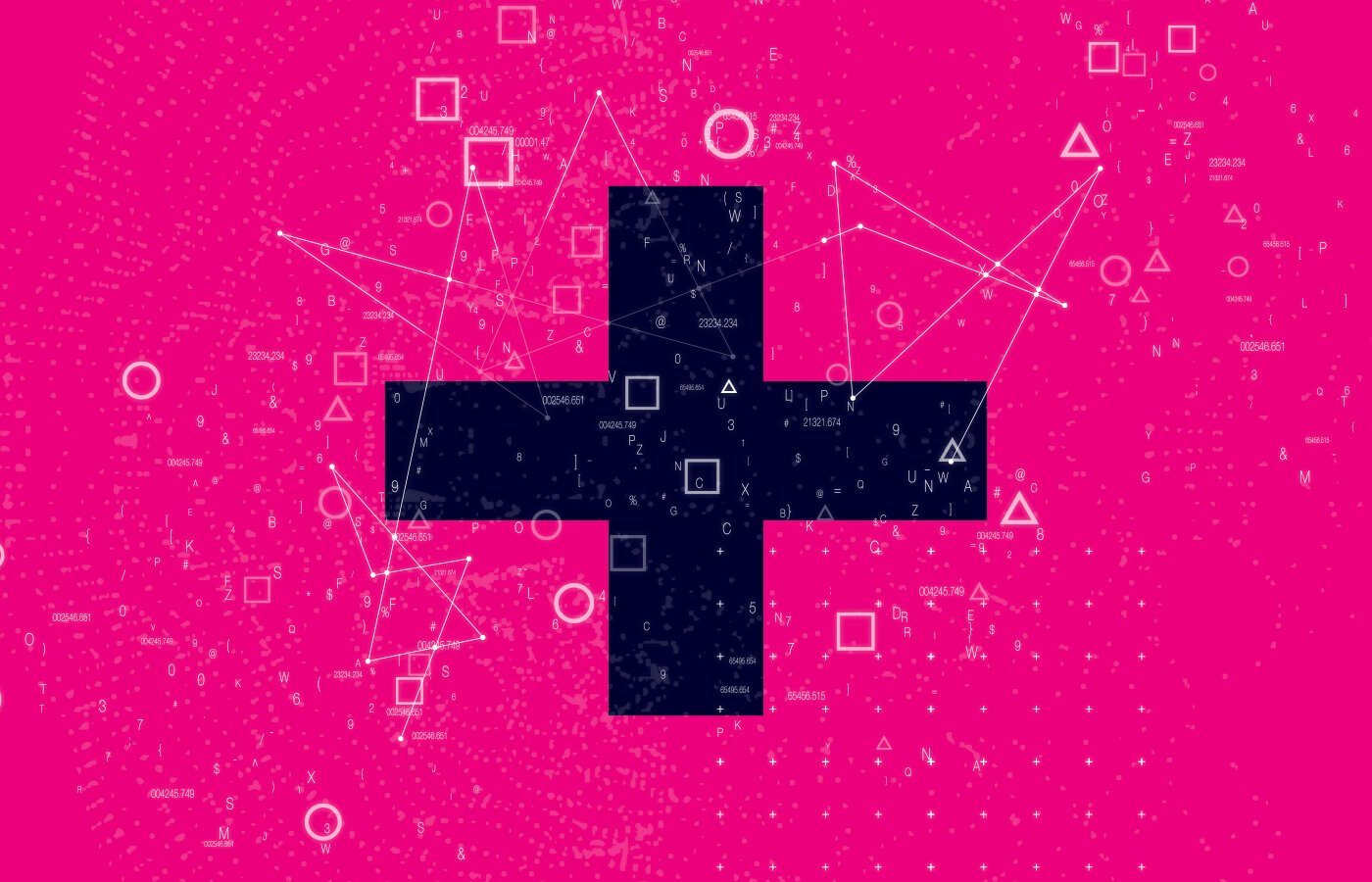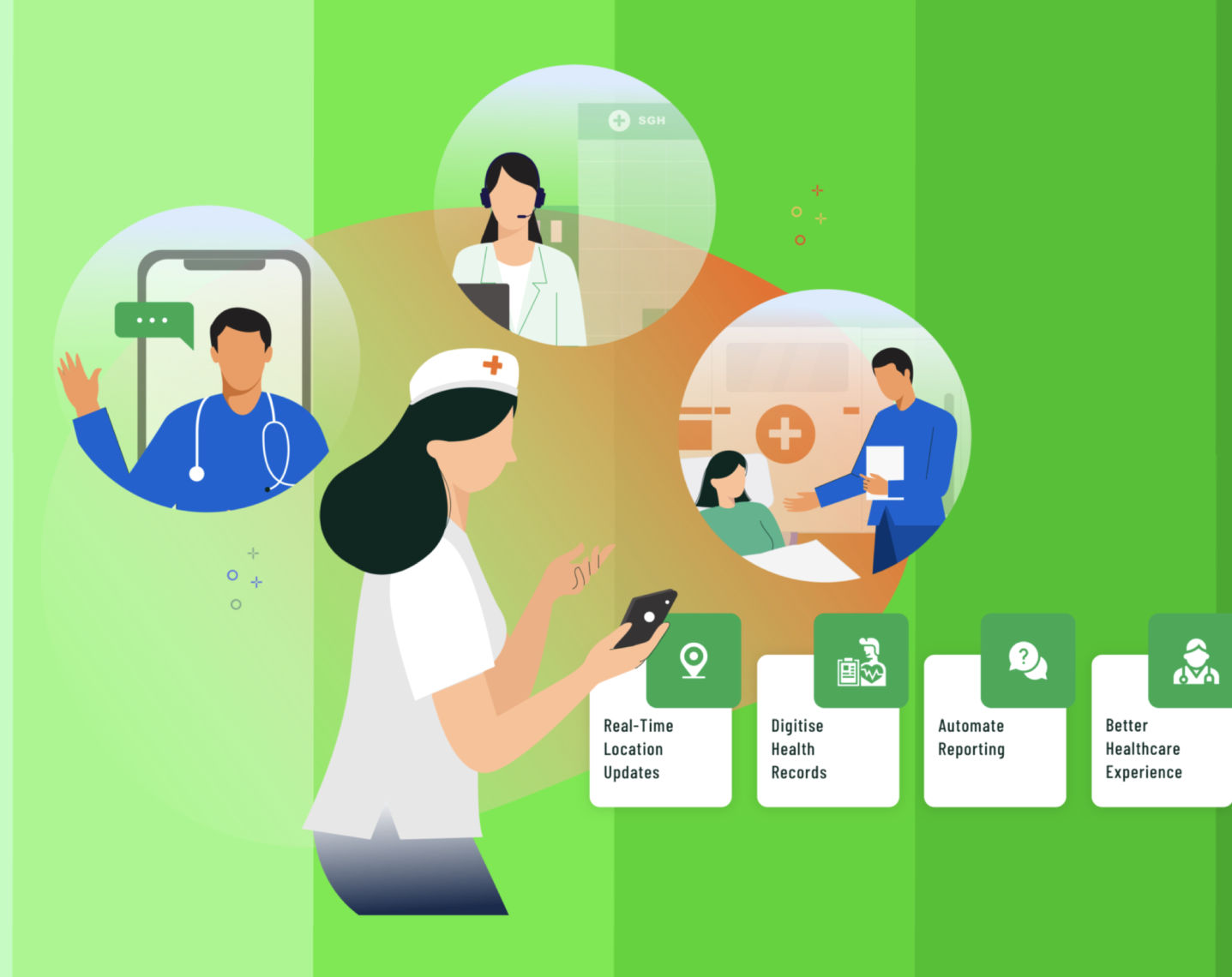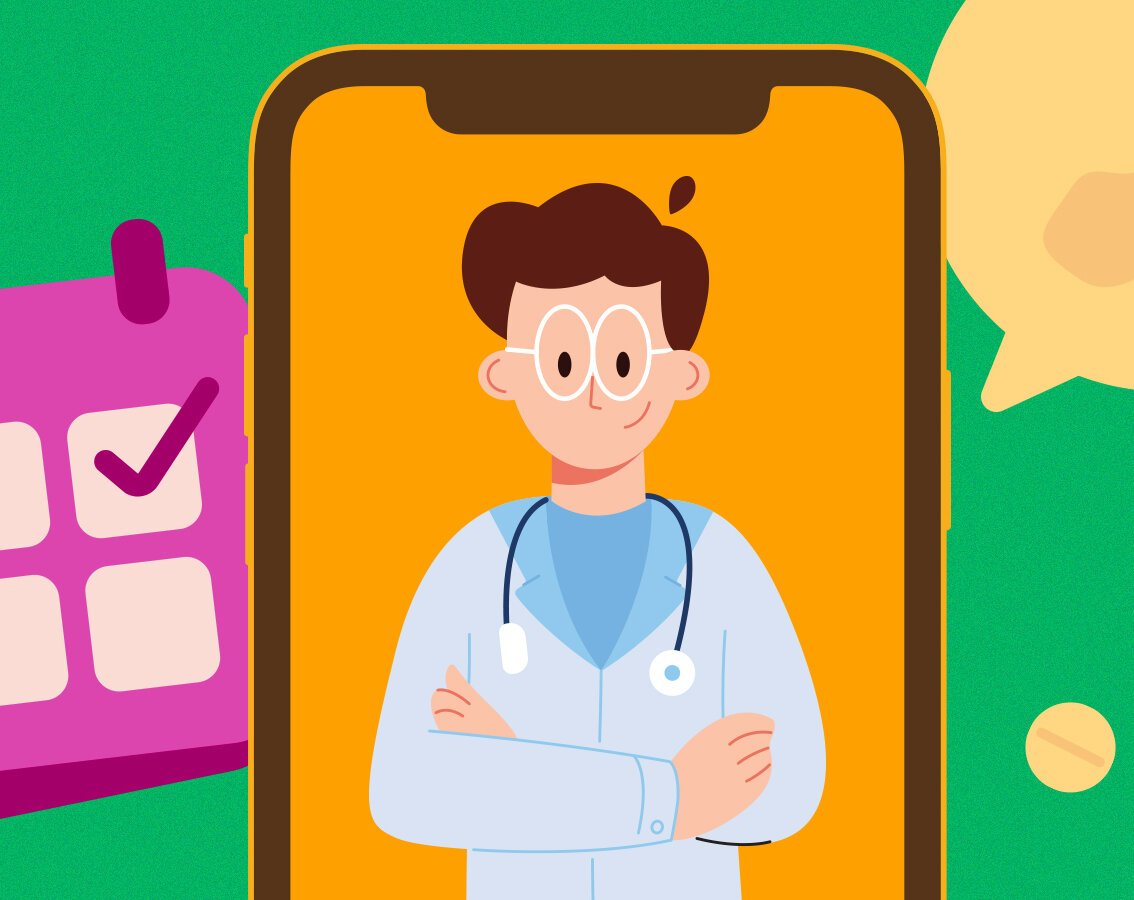blog
Predictive Analytics in Healthcare - 5 Use Cases
By Mohan S Healthcare November 28, 2022

What is Predictive analytics in Healthcare?
89% of healthcare providers are either already using predictive analytics or they plan to implement them in the future.
Healthcare is not dependent on visible symptoms in patients, as it was back in the day. It is instead relying heavily on AI-generated data.
The chances of a child developing chickenpox can be predicted by answering simple questions:
If the child has been vaccinated against it?
Did another sibling develop chickenpox after being vaccinated?
If the child has already dealt with chickenpox in the past?
Just as we rely on these facts to determine the probability, AI-generated data collection can help develop a strong database. It provides a history of patients of the same age, conditions, and symptoms to predict future symptoms or diseases in these patients. This is called ‘Predictive Analytics’. This is the technology that relies on present and historical data presented by patients to healthcare professionals to substantially improve healthcare standards and is a key part of digital transformation in healthcare.
1. Avoiding 30-day hospital readmissions
In 2018, Septicemia, heart failure, diabetes, and COPD were the main four conditions causing 20% of patients to readmit. 14% was the average adult readmission rate.
HRRP - Hospital Readmissions Reduction Program, has a policy of levying significant penalties when it comes to hospitals and health systems not having a plan for in-patient returns.
This simply means that if a patient is made to stay longer than they are supposed to in a hospital, due to the hospital's lack of a plan, the hospital will be penalized. It not only adds to the expense on the final bill, but it also restricts the hospital resources, causing other patients in need a chance of admission and care. Learn more about digitalization in hospitals.
Predictive analytics can provide healthcare professionals an insight into the likelihood of a patient's readmission, after which doctors can accordingly plan which patients to focus resources on and which patients can be discharged and return for a follow-up.
2. Early detection of serious illness & prognosis
When it comes to beds and care providers, Intensive care units are most of the time going through a strain due to lack of availability. Predictive analytics can particularly be very helpful in maintaining the flow by providing useful insights.
By monitoring the heartbeat of the patients, predictive insights can show doctors which patients are more in need of focused care in the coming 60 minutes. This allows doctors to timely treat those patients with focus and eliminate chances of failure in timely care.
Predictive tools such as bio-sensors can help caregivers detect early signs of patient deterioration. Wearable biosensors can be attached to a patient's chest. It can then collect, store and measure the respiratory rate and heart rate of the patient every minute. These two measurements are the two key factors that determine the predictability of a patient's condition.
Bio-sensors are a great predictive tool because they can be remotely used. Doctors can access the data from the bio-sensors without having to come in contact with the patient. This was particularly helpful in the surveillance of Covid-19 patients.
3. Predicting patient utilization patterns
Unlike clinics and OPD’s, emergency rooms are facilities running without a fixed schedule. Predicting patient utilization of such facilities helps hospitals to staff the urgent care centers accordingly.
Visualization tools can detect fluctuations and alert the healthcare departments in case of surges or no shows. This keeps the outpatient flow consistent and keeps beds available for in-patient wards. The department can make adjustments to its schedule accordingly.
These tools end up saving ample time and resources. People are appointed at the right places where they are most needed. This can help release the burden on nurses and support staff. Which eventually results in better patient care.
4. Identifying equipment maintenance needs
Predictive analytics has helped different industries recognize when their machines and equipment needed care and maintenance. Hospital maintenance can benefit from this as well. For example, MRI machines can require maintenance when used frequently.
Sensors in an MRI machine can relay data to the analytics and light an alarm when it detects that the machine needs repair. In the future the healthcare industry can expect having digital twins for all their key equipment. These virtual copies can be monitored from distance and can be accessed easily to run diagnostics and detect utilization and maintenance needs.
Predictive analytics can help us recognize before time that a diagnostic machine needs maintenance. Then the repair work can be scheduled in a time when the machine is most likely not to be used. This ensures an uninterrupted workflow. The machine can stay up to date and function well on time.
5. Managing the supply chain
Hospitals spend the most amount of money on their supply chain. Equipment, care utilities and supplies are constantly evolving and buying them while keeping up with the changes can be extremely expensive.
Healthcare supply chain generates big amounts of data. This data is extremely important for people incharge of the development and implementation of supply chain optimization.
Predictive tools allow healthcare officials to cut costs on unnecessary spendings and focus the cash outflow on more valuable insights and utilization needs. This is why predictive tools are high in demand. Hospitals can save millions by making data driven decisions.


